Q
Why is Suzuki Swift so popular?
The Suzuki Swift enjoys popularity in Malaysia for several key reasons. First, its excellent fuel efficiency effectively reduce operating costs - a crucial factor in Malaysia's volatile fuel price environment. Second, its compact dimensions make it ideal for navigating narrow urban roads and tight parking spaces in congested traffic conditions. Third, the Swift boasts high reliability with relatively low maintenance and repair costs. Fourth, the vehicle offers practical interior configurations that well serve daily commuting needs. Additionally, Suzuki maintains an extensive and well-established after-sales service network across Malaysia, providing owners with convenient support and peace of mind.
Special Disclaimer: This content is published by users and does not represent the views or position of PCauto.
Related Q&A
Q
How many litres of oil does a Suzuki Swift take?
The oil capacity of the Suzuki Swift is typically between 3.5 to 4 liters. However, the exact oil capacity may vary depending on the different model year and engine model. When maintaining the car and changing the oil, it is suggested to refer to the relevant vehicle manual or consult professional auto maintenance personnel to ensure the correct oil capacity.
Q
What fuel does Suzuki Swift use?
The Suzuki Swift in Malaysia generally uses gasoline as fuel, commonly 95 octane gasoline. However, the specific fuel requirements may vary depending on the model and engine configuration. Generally speaking, using the appropriate grade of gasoline as recommended by the vehicle manufacturer helps maintain vehicle performance and good engine operation.
Q
How many miles are left when the fuel warning light of Suzuki Swift illuminates?
In Malaysia, a Suzuki Swift can typically travel about 30 to 50 miles when the fuel warning light illuminates. However, this depends on various factors, such as the vehicle's driving conditions, road conditions, load, and driving habits. Generally, to avoid damage to the vehicle caused by running out of fuel, you should look for a gas station to refuel as soon as possible after the warning light comes on.
Q
How to check power steering fluid in Suzuki Swift?
To check the power steering fluid in Suzuki Swift, you can follow these steps. First, open the engine hood and find the power steering fluid reservoir, which usually has a clear indicator easy to find. Check the scale line on the reservoir to check whether the fluid level is within normal range, it should be between the upper and lower scale lines. If the fluid level is low, it's necessary to add the specified type of power steering fluid. Take note to avoid any impurities when adding. During the inspection, also observe the color and condition of the fluid, the normal power steering fluid should be transparent or light yellow, and free of impurities and strange odors. If the fluid has a deep color, strange odour, or impurities, it might imply that the fluid needs to be replaced.
Q
What's the specification of the engine of Suzuki Swift?
The Suzuki Swift is commonly equipped with an engine displacement of 1.2 liters or 1.4 liters. The specific engine specifications may vary due to different model years and configurations.
Q
What's the weight of the Suzuki Swift?
The weight of the Suzuki Swift typically ranges from 900 to 1100 kilograms, depending on the model configuration and version. Different configurations may differ in the materials and equipment of some parts, thus affecting the overall weight of the car.
Q
How much horsepower does the Suzuki Swift produce?
The horsepower of the Suzuki Swift typically varies depending on the specific configuration and model, with common versions producing around 100 horsepower.
Q
What is the fuel consumption of the Suzuki Swift?
The fuel consumption of the Suzuki Swift varies depending on the specific model, engine configuration, and driving conditions. Generally speaking, common versions consume about 6 liters per 100 kilometers in city driving, and about 5 liters on the highway. However, actual fuel consumption may be influenced by a variety of factors including driving habits, road conditions, and vehicle load.
Q
What is the tire pressure of Suzuki Swift?
The tire pressure of Suzuki Swift typically ranges between 2.2 and 2.5 bars. However, the exact figure can vary depending on factors such as the specific model of the vehicle, tire specifications, vehicle load, and driving conditions. In general, you can find accurate information about tire pressure of your specific model in the vehicle's user manual.
Q
How many setas does the Suzuki Swift have?
The Suzuki Swift is usually a five-seater model.
Latest Q&A
Q
What is the Length of Suzuki Jimny?
The Suzuki Jimny is a compact off-road vehicle highly favored by consumers in Malaysia. The body length of this vehicle varies across different versions. The standard version of the latest generation (the fourth generation) of the Jimny has a body length of approximately 3,645 millimeters, while the five - door long - wheelbase version (Jimny Long) extends to 3,985 millimeters, providing passengers with more spacious seating and a larger trunk volume.
This car is well - known for its robust body structure, excellent off - road performance, and flexible urban driving experience. It is well - suited to Malaysia's diverse road conditions and can easily handle both daily city commutes and outdoor adventures. The Jimny is also equipped with advanced safety features, such as Electronic Stability Program (ESP) and Hill Start Assist (HSA), which further enhance driving safety.
Moreover, the Jimny's classic boxy design and significant customization potential have made it a favorite among many car enthusiasts, and it has a stable fan base in the Malaysian market. For consumers on a tight budget, the Jimny's fuel efficiency and relatively low maintenance costs are also major attractions.
Q
What is the Battery Size of Suzuki Jimny?
In the Malaysian market, the common battery size for the Suzuki Jimny is 46B24L. It's a 12V lead - acid battery suitable for most Jimny models, including the latest third - and fourth - generation versions. The capacity of this battery usually ranges from 35Ah to 45Ah, and the cold cranking amps (CCA) are around 300A to 400A, which can meet the starting requirements of the Jimny in a tropical climate.
For Malaysian car owners, when choosing a battery, in addition to ensuring the size matches, they also need to pay attention to the high - temperature resistance. Given the local hot climate, it is recommended to give priority to products from well - known brands like Panasonic, Bosch, or GS Yuasa. These brands usually have better heat - dissipation designs and longer service lives.
Moreover, it's also important to regularly check the battery's health, especially after long - term parking or frequent short - distance driving, to avoid starting difficulties due to insufficient battery power. If the car owner plans to upgrade the audio system or install additional electronic devices, they may need to consider a battery with a higher capacity to ensure stable power supply.
Q
What is the Service Price of Suzuki Jimny? Better Look At Here First
Regarding the maintenance costs of the Suzuki Jimny in Malaysia, the specific prices will vary depending on different service items, authorized service centers, and the vehicle's usage. It is recommended to directly contact Suzuki's official dealers or authorized repair centers in Malaysia for the latest quotes. Generally, the cost of basic maintenance, including oil and filter replacement, is approximately between 300 and 500 Malaysian Ringgit. The exact amount also depends on the type of oil selected and additional services.
Moreover, as a popular compact off - road vehicle, the Suzuki Jimny has relatively affordable maintenance costs. However, owners need to pay attention to regular maintenance to ensure the vehicle's performance. For example, basic maintenance should be carried out every 10,000 kilometers or 6 months. At the same time, key components such as the braking system and suspension system should be inspected regularly. In particular, owners who often go off - road need to pay more attention to the condition of the chassis and four - wheel drive system.
Malaysia has a special climate. The hot and humid environment may affect the vehicle's electronic components and rubber parts. Therefore, it is recommended that owners follow the requirements in the official maintenance manual and choose original parts to ensure the best compatibility and durability. If you want to further reduce the long - term vehicle usage cost, you can also consider purchasing the maintenance packages provided by Suzuki. These packages usually offer certain discounts and simplify the maintenance process.
Q
What is the Mainentance Cost of Suzuki Jimny? Get Idea Here
As a compact off-road vehicle highly favored by Malaysian consumers, the Suzuki Jimny has relatively reasonable maintenance costs and is suitable for daily use. According to official recommendations, regular maintenance includes basic items such as oil changes, filter replacements, and brake system inspections. The cost of each maintenance is approximately between RM300 and RM500, depending on the service center and the selected parts. In addition, the prices of Jimny's spare parts are quite affordable. And due to its simple body structure, the labor cost for repairs is also relatively low. Over the long term, its cost - effectiveness is outstanding.
It's worth mentioning that the Jimny excels in durability and reliability among similar models, which reduces the possibility of frequent repairs and further lowers the long - term ownership cost. In Malaysia's multi - terrain environment, the Jimny's four - wheel drive system and sturdy chassis design make it more adaptable. However, it is recommended that car owners regularly check the suspension and transmission systems to ensure optimal performance. If you choose the original factory maintenance package or extended warranty service, you can further optimize the maintenance budget.
Overall, the maintenance cost of the Suzuki Jimny is in the medium - low range among off - road vehicles, making it suitable for Malaysian car owners with limited budgets who still pursue off - road fun.
Q
What is the Rim Size of Suzuki Jimny?
The stock wheel size of the Suzuki Jimny offered in the Malaysian market is usually 15 inches, paired with 195/80 R15 tire specifications. This configuration suits its off - road positioning and can provide good grip and comfort on unpaved roads. For owners who want to upgrade their wheels, common modification options in Malaysia include 16 - or 17 - inch wheels. However, it should be noted that after replacement, it may affect the accuracy of the speedometer or the suspension geometry. It is recommended to choose a design with an ET value (offset) close to the original to maintain stability.
In addition, the Jimny's compact body and ladder - frame structure make it more suitable for narrow tires. Overly wide tires may actually reduce off - road flexibility. In Malaysia's rainy climate and mixed road conditions, it is recommended to keep tires with a relatively high aspect ratio to meet the needs of both wet roads and light off - roading. If you replace the wheels with larger ones, you need to adjust the tire aspect ratio synchronously to keep the overall outer diameter close to the original setting, so as to avoid interfering with the ABS and 4WD systems. Local owners can also refer to the modification guidelines approved by JPJ to ensure compliance with regulatory requirements.
View MoreRelated News
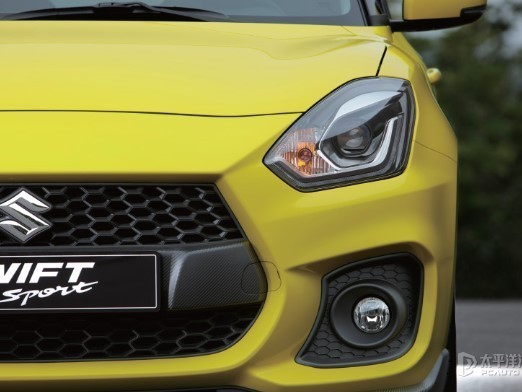
RM130,900! 2024 Swift Sport 1.4 AT: More affordable price, same strong performance
AshleyAug 2, 2024
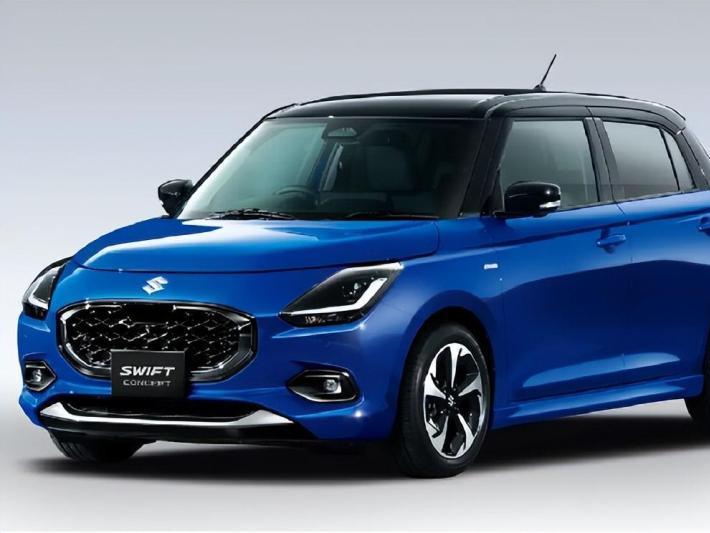
The Brand New Generation of Suzuki Swift will be Unveiled in May, Featuring a Mild Hybrid System
Kevin WongApr 18, 2024
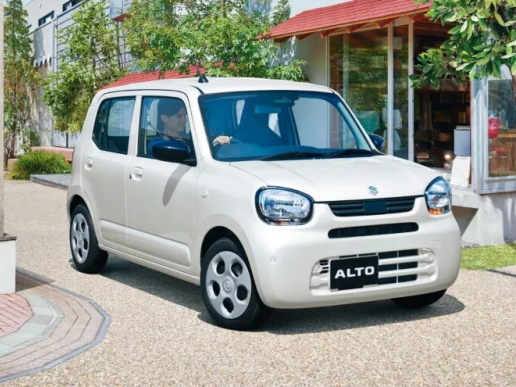
28.2km/L Efficiency! Refreshed 2025 Suzuki Alto Coming Soon to Japan
RobertJun 25, 2025

Only 55! Limited-Edition Jimny Coming to France
MichaelJun 20, 2025
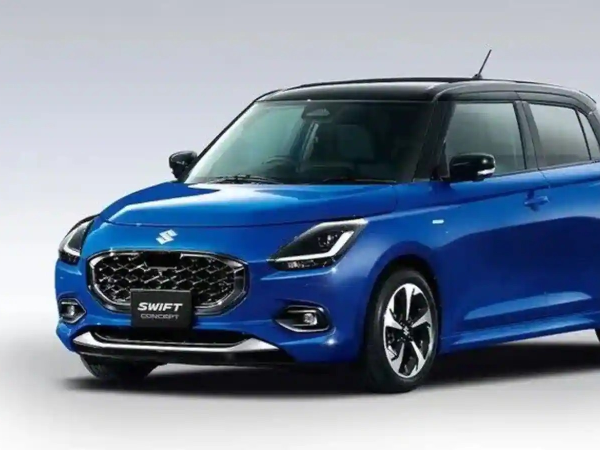
All-New Suzuki Swift Sport Will Debut with Revolutionary 1.4T Engine
MichaelJun 3, 2025
View More












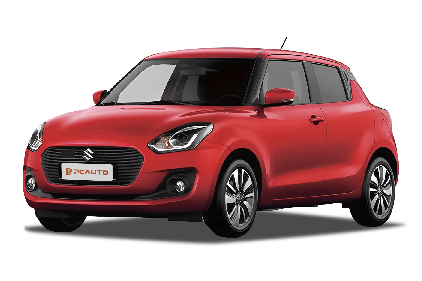




Pros
Cons